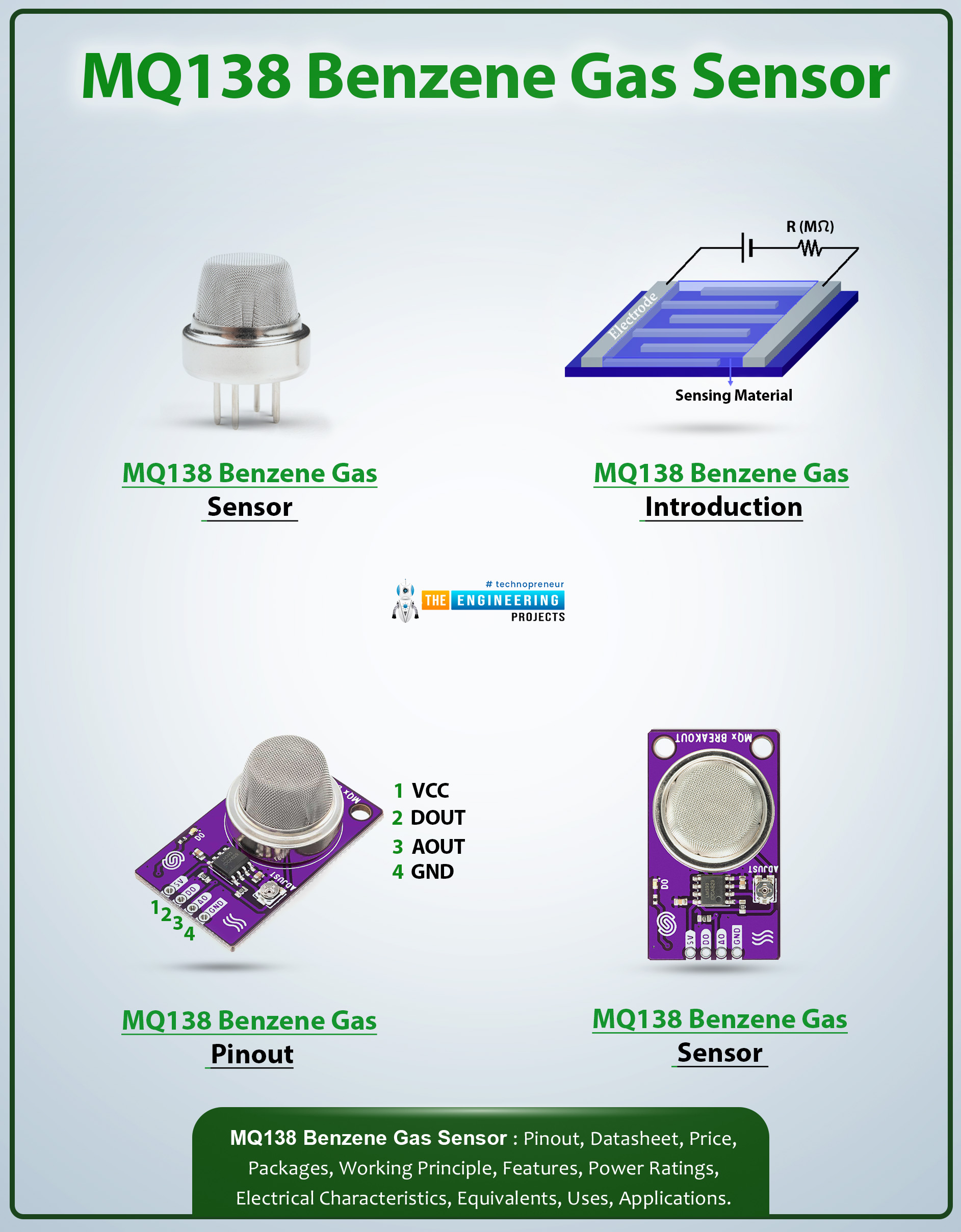
Hey students! Welcome to another episode of the MQ gas sensor series. Today, we are interested to learn about the high-performance sensor that is used to detect the presence of benzene gas. This is the MQ138 gas sensor and it instantly detects the target gas because it has tin dioxide as the sensing element. Usually, it can detect multiple gases and is considered as the Volatile organic compounds (VOC) sensor but the most significant target gas of this sensor is benzene therefore, we’ll pay attention towards the discussion of the benzene detection through this sensor. Many features of this sensor resemble other members of the MQ gas sensor series and we’ll read its basic features and specifications in detail.
In this article, we’ll initiate the discussion with the basic introduction of this sensor where we’ll also see its basic components and their purpose. After that, we’ll show you the datasheet elements that will be helpful to understand its technical specifications. You will also see the working principle, physical dimensions and applications of this sensor in different fields as well so stay with us.
Let’s start with the first topic:
MQ138 Benzene Gas Sensor Introduction
The MQ138 is a member of the MQ gas sensor series that is specialised for the detection of benzene gas around it. It works on low voltages and uses tin oxide as the sensing element that is readily available to detect any leakage of the benzene gas in the surrounding air. Mainly, it follows the chemiresistor which is defined as:
"The chemiresistor of an element refers to the mechanism in which its electrical resistance changes when it absorbs the surrounding gas."
The sensing element of MQ138 absorbs the target gas and the change in the concentration is indicated through the analogue values of the sensor.
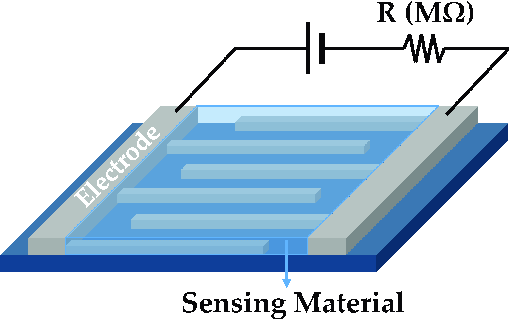
We know that benzene is used in multiple industries as a fuel as well as for chemical reactions but exposure to this gas is hazardous for humans. If accidentally inhaled for a short time, it can cause the issue issues like dizziness, and headaches and long-term inhalation is even more dangerous and can also cause cancer. These are the points that make the presence of benzene gas sensor systems such as with MQ138 compulsory at such places.
Let’s see the components of this sensor to know its details:
MQ138 Benzene Gas Sensor Ceramic Tube
There is a small ceramic tube-like piece of alumina (AL2O3) that works as the mechanical support to the sensing element. This ceramic tube has excellent thermal stability as well as resistance to the electrical current therefore, this does not cause any change in the electrical resistance of the sensing element but only provides the mechanical strength. This results in the uniform absorption of the target gas on the evenly spread sensing element it.
MQ138 Benzene Gas Sensor Sensing Element
The heart of the MQ138 is the sensing element that is made of tin oxide (SnO2). This is present evenly on the ceramic tube and ready to react with the benzene gas if gas is leaked into the air. Tin oxide has less conductivity to the clean air as compared to the air mixed with benzene therefore it is used as the sensing element in such sensors.
MQ138 Benzene Gas Sensor Heating Circuit
The heating sensor plays a crucial role in sensors like MQ138 because it maintains the required temperature to stimulate the optimum performance of the temperature. This consists of a heating coil made of nichrome wire and gradually increases the temperature of the sensing element. This is a crucial process and whenever the sensor is turned on, the heater circuit gets the 5V power and starts its work.
MQ138 Benzene Gas Sensor Housing and Base
The circuit of the sensor is delicate and requires protection from outward agencies such as dirt particles in the air. This is done by a perforated metallic cap that covers the whole sensor. It acts like a filter that only allows the gas to pass through it and as a result, the system may perform best for a long time.
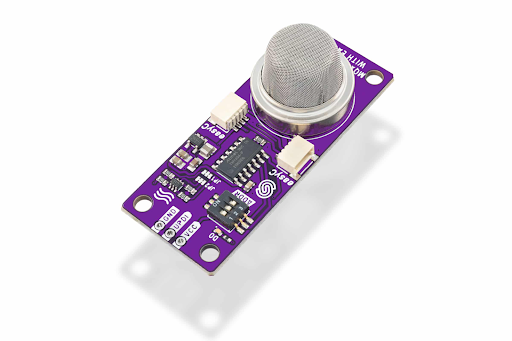
Moreover, the whole body of the sensor is made with plastic or bakelite material. The sensor modules have a large base that has multiple items on it such as the power LED, pins, etc but the sensor alone has a relatively simpler structure and the base has pins for the direct connection in the circuit.
MQ138 Benzene Gas Sensor Datasheet
Prior to employing any device, it is essential to review the device's datasheet so we are discussing some crucial points from the datasheet of the MQ138 benzene gas sensor:
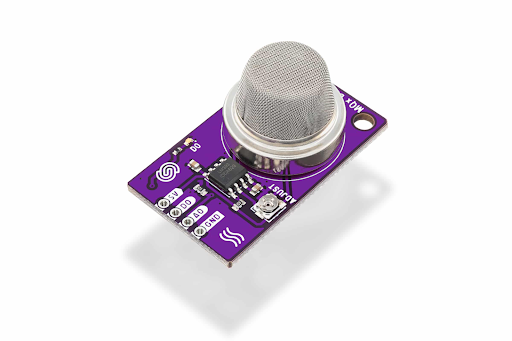
MQ138 Benzene Gas Sensor Features
The MQ gas sensor series has simple and fundamental features and I am highlighting the most basic features of the MQ138 sensor from its datasheet:
- It has a wide detecting scope and a quick response time so is a reliable option.
- It provides stable performance and has a long life so is an affordable sensor.
- It shows the analogue values at its analogue pin that allow the user to see the concentration level of the benzene gas.
- It has a digital pin the values of which can be set through the potentiometer.
- This sensor has electrostatic discharge (ESD) protection which is one of the reasons behind its long life.
- It shows the protection against the overvoltage.
- It has a simple drive sensor and requires 20 seconds for the pre-heating.
MQ138 Benzene Gas Sensor Specifications
The table given below shows the specifications of the MQ138 benzene gas sensor:
Specification |
Value |
Size |
32mm X 22mm X 27mm (L x W x H) |
Main Chip |
LM393 |
Operating Voltage |
DC 5V |
Heating Voltage |
5 ± 0.2V (AC·DC) |
Working Current |
180mA |
Circuit Voltage |
DC5V (Max DC 24V) |
Load Resistance |
10KΩ (adjustable) |
Test Concentration Range |
1-100ppm |
Clean Air Voltage |
< 1.5V |
Sensitivity |
> 3% |
Response Time |
< 1S (3-5 minute warm-up, theory preheating time 48 hours) |
MQ138 Benzene Gas Sensor Basic Circuit
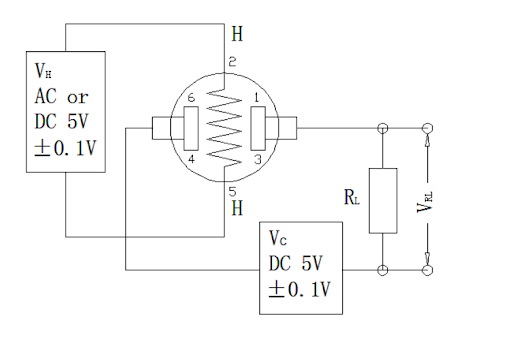
The labels of the image given above are explained below:
- VCC: This pin connects to the positive terminal of the power supply which is typically 5V.
- GND: This pin connects to the ground terminal of the power supply to complete the circuit.
- H or Heater: This pin connects to one side of the resistor (RL) which is responsible for limiting the current flowing through the sensor's internal heating coil that is mentioned before in this article.
- RL: This is the load resistor in series with the heating coil. The typical value for the MQ-137 is around 10KΩ which may vary according to the model.
- A or B: These pins are interchangeable and connect to the circuit voltage which is typically 5V.
- OUT or Signal: This is the analogue output pin that provides a voltage signal that varies depending on the benzene gas concentration around the sensor.
If you want to learn more about the datasheet of this sensor in detail then you must see the link that is provided here:
MQ138 Benzene Gas Sensor Pinout Configuration
Till now, we have been discussing the pins and their features at many points but for ease of learning, here is a table that shows the pins, their name, and precise descriptions that will help you to understand this sensor’s pin details:
Pin Label |
Description |
H (Heater) |
It connects to one side of the resistor that limits the current flowing through the internal heating coil. |
GND (Ground) |
It connects to the ground terminal of the power supply. |
A |
It connects to the circuit voltage. Pins A and B are interchangeable. |
B |
Connects to the circuit voltage. |
OUT (Output) |
Analog output pin that provides a voltage signal. |
MQ138 Benzene Gas Sensor Packages
Package Type |
Description |
Through-hole Modules |
These modules have pins that extend through holes on a PCB and are soldered on the other side. |
Surface Mount Modules (SMD) |
These modules are soldered directly onto the surface of a PCB using solder paste and a reflow oven. |
Grove Modules |
These come with a standardized connector format and are pre-assembled modules for easy integration in the circuit with microcontroller platforms such as Arduino. |
MQ138 Benzene Gas Sensor Alternatives
Multiple other options can be used in place of the MQ138 benzene gas sensor. Some important names in this regard are listed below:
- Electrochemical Sensors (Benzene Specific)
- Benzene-Specific Semiconductor Sensors
- Air Quality Sensors (VOC Detection - Might include Benzene)
Where to Buy MQ138 Benzene Gas Sensor
Always buy sensitive devices like M138 from the well-reputed source and some of such examples are given below:
- eBay
- AliExpress
- Amazon
MQ138 Benzene Gas Sensor Working Principle
Just like the simple structure, the MQ138 benzene gas sensor has the simple way to work. As mentioned before, it follows the chemisterisitor and the details of this are shared in the following points:
As soon as the sensor is powered on, the heating circuit starts it work. It requires 20-25 seconds from the preheating and gradually, the temperature of the sensor reaches 300 Celsius.
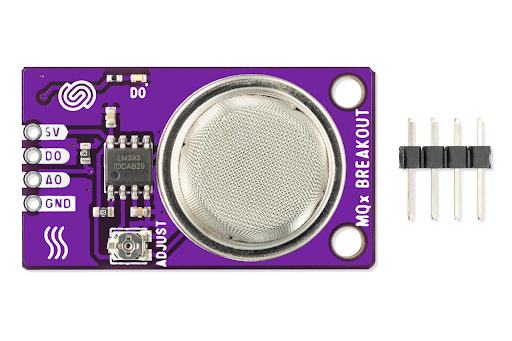
At this temperature, the tin oxide is readily available for the reaction and it starts reacting with the surrounding air (assume it is clean air). At this point, the oxygen ions start accumulating on the surface of the sensing element. This results in an increase in the electrical resistance. These values are sent through the analogue pin.
The sensor is ready to detect any target gas around it.
When the target gas is leaked into the air, the oxygen ions from the depletion region react with it and start melting. This results in a decrease in the electrical resistance.
The change in the electrical resistance is indicated on the analogue pin and sent to any output device.
If the threshold value is set through the potentiometer then when the analogue values reach it, the sensor shows the digital output on the digital pin and this results in the indication of this gas on output gas without any need of a microcontroller.
The higher the concentration of target gas around the sensor the more is the magnitude of the analogue value.
MQ138 Benzene Gas Sensor Physical Dimensions
Package Type |
Estimated Length (mm) |
Estimated Width (mm) |
Estimated Height (mm) |
Through-hole Modules |
20 - 40 |
15 - 25 |
10 - 20 |
Surface Mount Modules (SMD) |
5 - 15 |
3 - 10 |
2 - 5 |
MQ138 Benzene Gas Sensor Applications
Industrial Leak Detection
Occupational Safety Monitoring
Air Quality Monitoring
Environmental Remediation
Indoor Air Quality Monitoring (limited)
Personal Safety Devices (specialized)
Hence, today, we have seen the detailed information about the MQ138 benzene gas sensor. Our exploration commenced with a fundamental introduction, followed by an examination of the essential components comprising this sensor. We also understood the basic points from the datasheet of this sensor and then moved towards the working principle and through the steps, we understood the detail of how it detects the target gas. In the end, we saw the packages, dimensions, and applications of this sensor. I trust that I covered all the points and if you want to know more, you can ask in the comment section.



